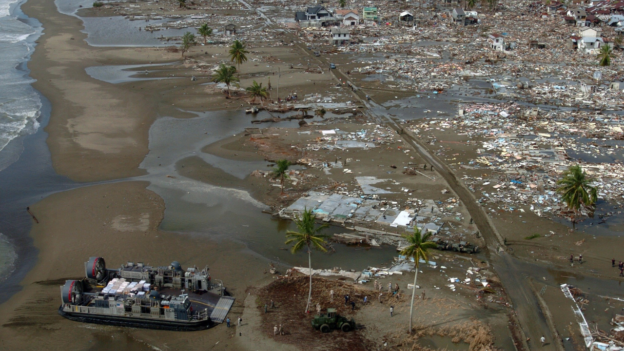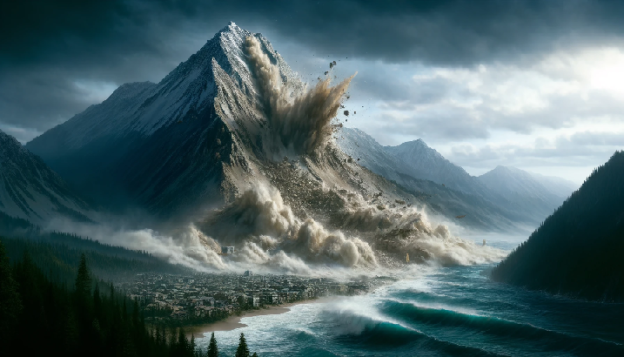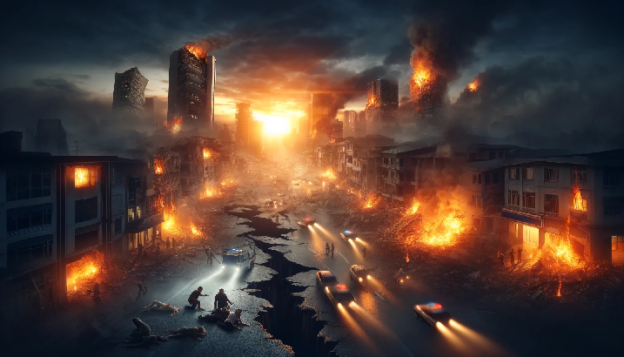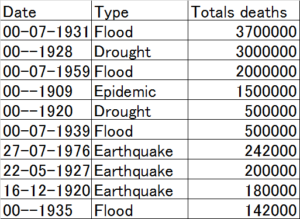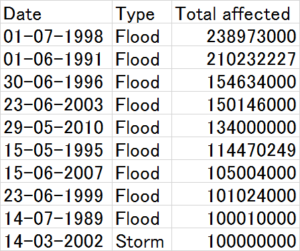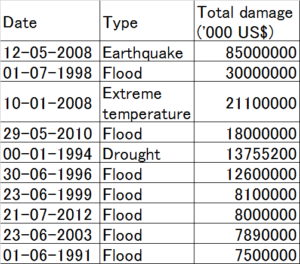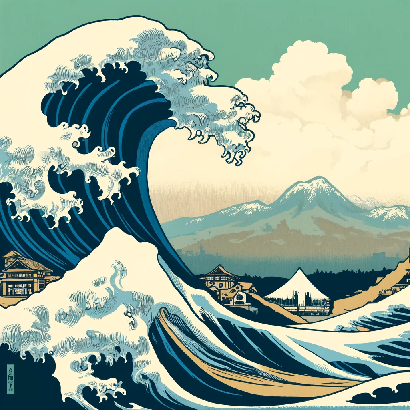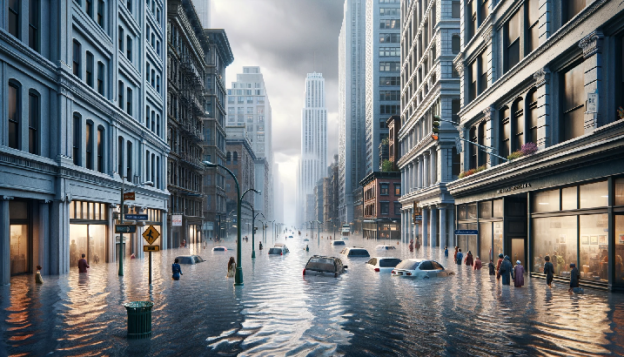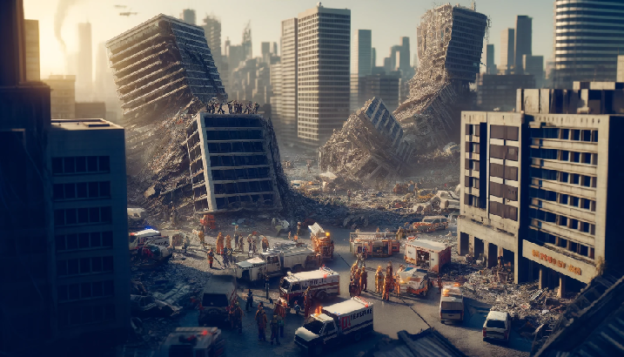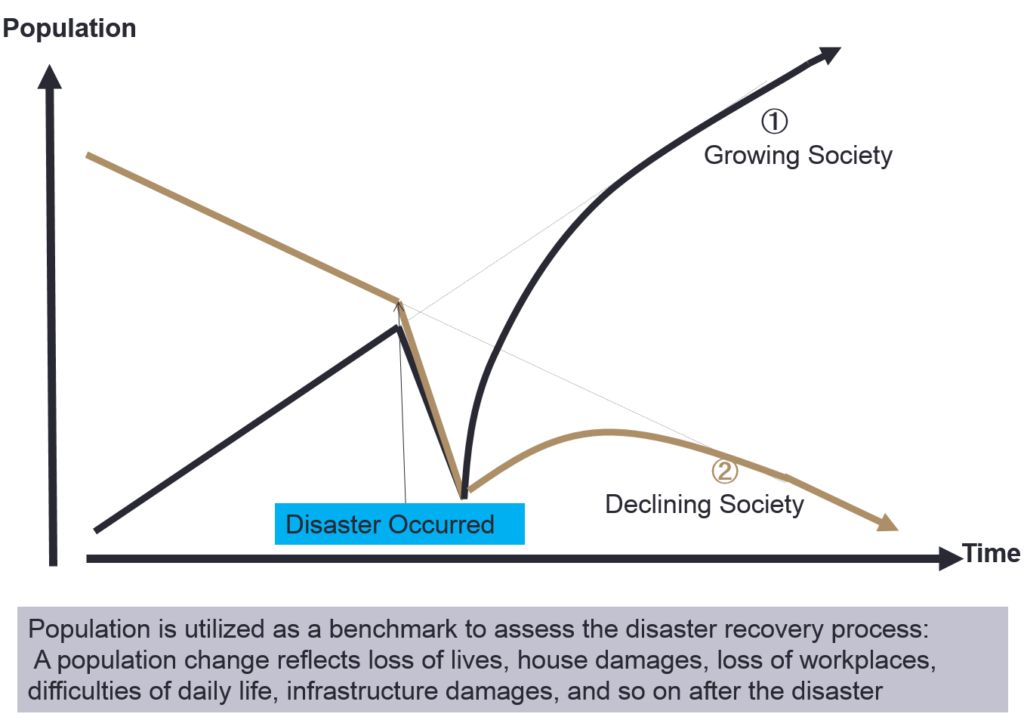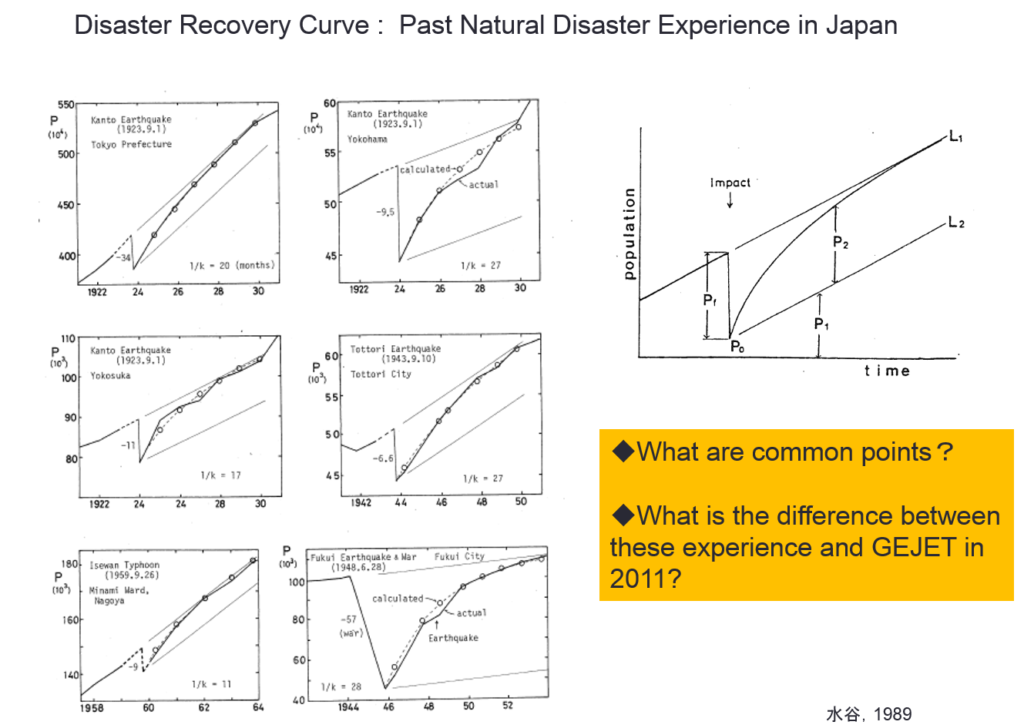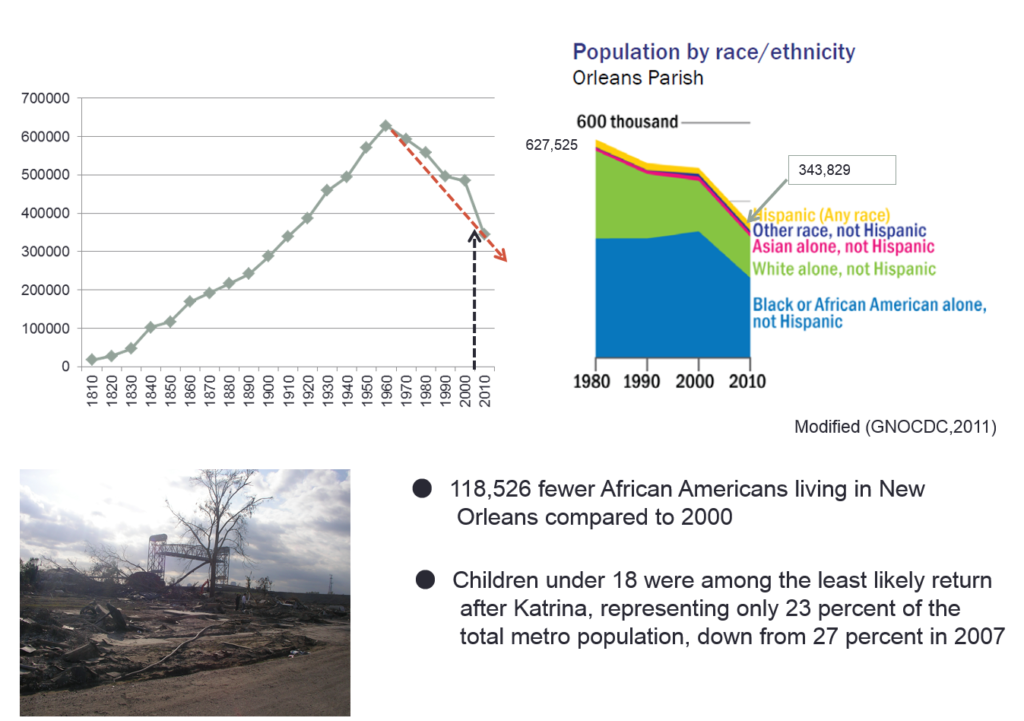On that day… “A big typhoon is coming,” my father declared, returning home early from work. “If it takes the worst possible path, we’ll be on the right side of the typhoon, so it’s going to be bad,” he said as he nailed wood to reinforce the window glass, preparing for the typhoon as we always did.
By just after 8 PM (?), we had finished dinner and were getting ready for the typhoon. “The wind is getting incredibly strong. The house might collapse,” he worried more than usual about the house falling apart and started to prepare. He stacked futons about a meter high in a U-shape in front of the dresser to create a bunker-like structure, and all five of us got inside.
My brother and I had packed our clothes in plastic bags and were wearing our backpacks. My father, preparing for the house to collapse, had a hammer hanging from his waist. My mother had a flashlight at her waist. The wind grew stronger, and when my father went around the house to check, he called me to help hold the windows.
“For the first time, I understood the ‘breath’ of a typhoon. As the typhoon ‘exhaled’—’Whooosh’—the window glass bulged outward, looking like it might shatter at any moment. Rather than holding it down, it felt more like we were pulling on the window muntins to prevent them from flying away, which was extremely difficult due to the ferocious wind.
“It’s no use. The house is going to collapse. Get under the futons,” he said, and I quickly returned to where my grandmother and brother were. Right after that, “What’s that noise?”… “It’s water!” my father exclaimed. At the front door, water began trickling in through the threshold, dribbling onto the earthen floor.
“We can’t stay in the house with the water. Let’s escape to Akiba Shrine at the back,” he decided.
As he lifted my bent-backed grandmother onto the top tier of the closet, my mother carried my first-grade brother on her back, and my father led me by the hand to the front door. When he opened the sliding door, the murky water reached up to his chest in an instant. “Oh!” was all he could say as he grabbed the post of the sliding door to support himself. The current swept me to the right; only my fingertips managed to cling to either his collar or shoulder blade. At that moment, I saw my mother and brother on the tatami at the front of the house, but I don’t remember anything from then until we got on the roof of the kitchen.
During this time, my mother and brother heard my repeated cries of “My hands are slipping! Help!” And at that same moment, the wooden fence outside the house washed past between my father and the post he was holding, and the muddy water rushed into the house. My father thought he had lost me when my hands slipped from his neck.
My father and I were likely pushed inside by the current. I’m not sure… From then on, my mother and brother only remember fragments. Unable to escape outside, we took refuge in the attic. As the water rose, the tatami mats began to float, and I saw the TV sinking into the water as we fled. The fear of that moment is unforgettable, my mother says. “Even though it was dark due to the power outage, something was still bright,” my father and I said as we clung to the pillars and crossbeams in the courtyard, trying not to float on the rising tatami. The kitchen wall was there, so the water reached the eaves of the roof, which were quite deep, but the force seemed a bit diminished. My father managed to get onto the roof first, holding onto the gutter and then pulling me up onto the roof.
When we crossed the roof, my foot slipped. It was a tin roof. “Don’t slip! Don’t fall! The sea is to the right,” my father’s loud voice I remember well. The stormy weather was intense; looking to the right, the water was a vast expanse, moving incredibly fast and shining brilliantly. I can’t forget the depth of the water and its swift flow.
My mother, carrying my brother, was also swept by the water while clinging to a post between the veranda and the courtyard. My brother recalled, “At that time, I was really uncomfortable squeezed between Kamo-san and our mother’s shoulders.” After seeing me on the roof, my mother managed to get there, clinging to something until my father pulled her up. My father told her to get on the roof too, but she said, “It’s okay. I’m fine here. I can’t go on.” I thought I heard my mother say she was going to die from that moment
on, and I kept screaming, “Help! Help!” but I don’t remember anything after that. Later, my father also pulled her onto the roof.
My father was breaking the tiles on the main roof with a hammer to create an opening to the attic. I don’t remember how I got there, but I found myself near my father on the tin roof, and he was tossing the broken tiles aside and digging into the dirt beneath them. Suddenly, the wind and rain stopped. Looking up, the sky was full of stars. I clearly remember that. Later, I learned that we had been in the eye of the typhoon. Eventually, our family of four entered the attic through this opening in the roof about the size of four tiles. When we got into the attic, I noticed my fingertips were muddy and slightly bleeding.
My father warned my brother, “Be careful with the thin ceiling boards. If you step through, there’s the sea below.” My brother and I sat on a thick beam in the attic and changed into dry underwear and clothes from our backpacks. We didn’t know how high the water would rise, and since the roof might float if the water reached the eaves, we were tied to the beam and utterly exhausted.
Our parents were worried about our grandmother, who was in the closet with the water up to her legs, and considered bringing her into the attic. At that moment, my grandmother reported, “It seems like the water has stopped!” In the middle of the night, the fire brigade came around to check on us. At that time, my parents couldn’t help but shout, “We’re okay. We’re in the attic!”
As dawn broke and the voices outside exclaimed, “The water has receded!” we also came down from the closet.
I am a fourth-grader. My brother is a first-grader.
This time, due to a curious fate, I had the chance to talk about the Isewan Typhoon for the first time in 50 years, remembering “that time” with my mother and brother. Our memories are all fragmented. The fear started “when the water trickled in,” and we can’t be sure about the passage of time or even how deep the water was—maybe about two meters. But it’s certain that all five of us survived.
“Carried by the water, pushed by the water, floating in the water, it was just good luck moment by moment.”
“It’s good that the kitchen roof didn’t get carried away. The four of us were saved because of this roof.”
These are the real feelings of my mother, brother, and me. I am grateful for this opportunity to share.
Acknowledgement: We are deeply grateful to the anonymous interviewee for sharing her harrowing experience. We strive to honor her precious time and valuable contribution.

